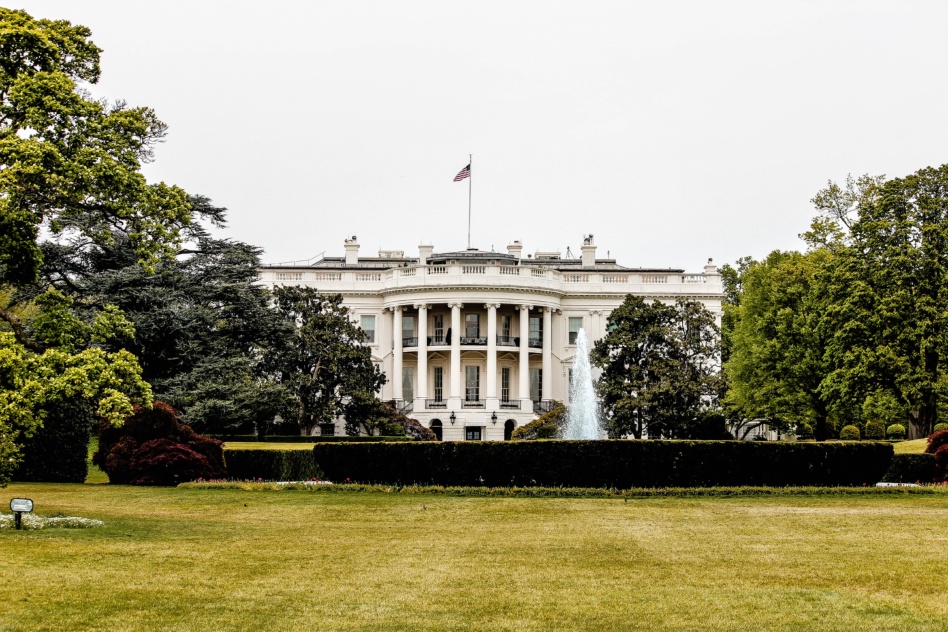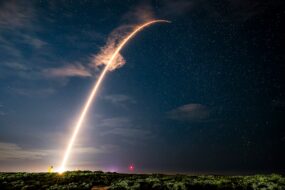Less than a month after the budget for FY22 was finally approved, President Biden has released his budget request for FY23.
NASA funding: The budget proposes $26B for NASA in 2023, $2B (~8%) increase over FY22 enacted levels. Here’s how that breaks down, taking the broad view:
- $7.5B for Deep Space Exploration Systems
- $4.3B for Space Operations
- $1.4B for Space Technology
- $8B for Science
- $971M for Aeronautics
- $150M for STEM Engagement
- $3.2B for Safety, Security, and Mission Services
- $424M for Construction and Environmental Compliance & Restoration
- $48M for Inspector General (OIG)
Our fav topic (deep space, duh)
The $7.5B for Deep Space Exploration Systems—i.e., Artemis—represents a ~$700M increase over FY22 enacted levels. The request includes $2.6B for SLS, $1.4B for Orion assembly and testing, and $779M for Gateway lunar station development.
- The budget for FY23 includes ~$1.5B for Human Landing System, but doesn’t specify how much each contractor will receive (more on HLS here).
- The budget request also allocates $224M to support commercial space station development, $122M more than the agency requested for 2022 (more on life after the ISS here).
NASA mission manifest: The agency says it’s still planning on launching Artemis III, the next crewed mission to the lunar surface, in 2025. It’s worth noting, though, that NASA OIG has doubts that mission components will be ready in enough time.
- Over the next six years, NASA hopes to support 19 crewed, 47 Moon-to-Mars, 55 Science, 19 Climate & Green Aeronautics, 13 ISS Crew Rotation, 27 ISS Resupply, & 20 Technology missions, launches, demonstrations, instruments, or flights.
Military space funding
Of the $773B requested by the White House for the Pentagon, $130.1B is set aside for R&D, which represents an all-time high. The US Space Force (USSF) would get $24.5B, with $15.8B for R&D, $4B for ops/maintenance, and $3.6B for procuring satellites and launches.
- The Space Development Agency (SDA) is set to be integrated into the USSF, and as such, the proposed FY23 budgets are combined.
- Example: The USSF budget calls for $1B “resilient missile warning/missile tracking to address hypersonic and maneuverable RVs (re-entry vehicles).”
The throughline: USSF and SDA are focused on building a more resilient web of space assets, based on “proliferated architectures” and hybrid systems. “The budget maintains America’s advantage by improving the resilience of U.S. space architectures to bolster deterrence and increase survivability during hostilities,” the White House writes.
Best of the rest
- A boost in Earth observation: The budget proposal suggests $6.9B in funding for NOAA, including $2.3B for a new fleet of weather satellites and $88M for the Office of Space Commerce (a $78M over FY21 enacted levels).
- More commerce: $11.7B in discretionary funding for Commerce, a $2.8B or 31.2% boost over the 2021 enacted level.
- Modern accounting tools: $2M is provided to the Bureau of Economic Analysis to develop “new data tools to measure the space economy.”
- Licenses for launch: The FAA requested $42.8M for the Office of Commercial Space Transportation, $15.3M more than the office received in 2021 and 2022. That includes $6.2M for streamlining the licensing process and $2.2M to develop a human spaceflight program.
- Broadcast central: The FCC requested $390.2M, including $18.4M for the international bureau and $17M for the wireless telecom bureau.




